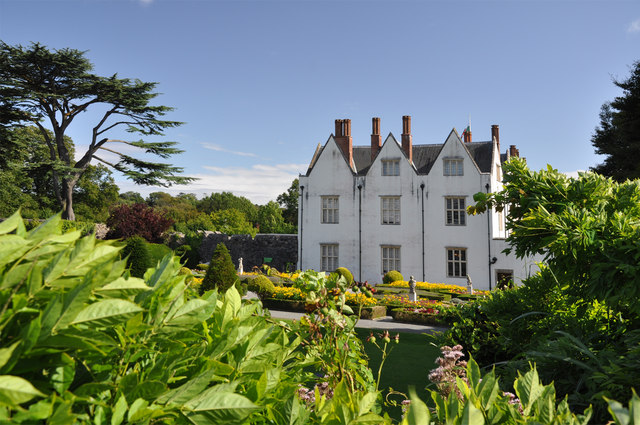St Fagans National History Museum (Welsh: Sain Ffagan Amgueddfa Werin Cymru), commonly referred to as St Fagans after the village it is located in, is an open-air museum in Cardiff chronicling the historical lifestyle, culture and architecture of the Welsh people.
Located in the grounds of St Fagans Castle in western Cardiff, the museum is part of Amgueddfa Cymru – National Museum Wales, formerly the National Museums and Galleries of Wales. It is also one of the most popular tourist attractions in South Wales.
History
The museum was started in 1946 following the donation of the castle and lands by the Earl of Plymouth. It opened its doors to the public in 1948, under the name of the Welsh Folk Museum. The museum”s name in Welsh (also meaning “Welsh Folk Museum”) has remained unchanged since that date, whereas the English title has been modified once to Museum of Welsh Life, and again to its current nomenclature.
The brainchild of Iorwerth Peate, the museum was modelled on Skansen, tshe outdoor museum of vernacular Swedish architecture in Stockholm. Most structures re-erected in Skansen were built of wood and are thus easily taken apart and reassembled, but a comparable museum in Wales was naturally going to be more ambitious as much of the vernacular buildings in the country are built of masonry.
Buildings and Exhibits
The museum includes over forty buildings which represent the architecture of Wales, including a Celtic village, a nonconformist chapel (in this case, Unitarian), a village schoolhouse, a Toll road tollbooth, a cockpit and even a cowshed. Apart from the Elizabethan manor house of St Fagans castle and the Celtic village and ”House of the Future” (a Millennium project), which were built from scratch, all the buildings have been transported from various locations around Wales and painstakingly reconstructed on this site. It also includes two working Watermills, one flour mill and one wool mill.
The medieval parish church of Saint Teilo formerly at Llandeilo Tal-y-bont in west Glamorgan (restored to its pre-Reformation state), is the Museum’s latest building, opened in October 2007 by the Archbishop of Canterbury, Dr. Rowan Williams. Though the museum was intended to preserve aspects of Welsh rural life, it now includes several buildings that depict the industrial working life that succeeded it, itself almost extinct in Wales. There is a row of workmen’s cottages from Rhyd-y-car (1800 – 1985), near Merthyr Tydfil, as well as the pristine Oakdale Workmen’s Institute. A post-war prefabricated bungalow has even been erected on the grounds.
The museum holds displays of traditional crafts with a working blacksmith”s forge, a weaver and a miller. Part of the site includes a small working farm which concentrates on preserving local Welsh native breeds of livestock. Much of the produce from the museum is available for sale.
Much of the Doctor Who episodes “Human Nature” and “The Family of Blood” were filmed at St Fagans because of its resemblance to a private school of the early 1900s.
Since 1996 the Museum has hosted the Everyman Open Air Theatre Festival (which began in 1983) when it re-located from Dyffryn Gardens. This festival, which includes a Shakespeare play, a Musical production and a Family Show, has become part of the fabric of the Welsh theatrical calendar over the last 25 years and celebrated its Silver Jubilee in 2008. A proposal is being developed to add a Welsh language children’s show – aimed at Welsh medium primary schools – in 2010.
Useful Links
Discover more from LandmarkLocation.com
Subscribe to get the latest posts sent to your email.

